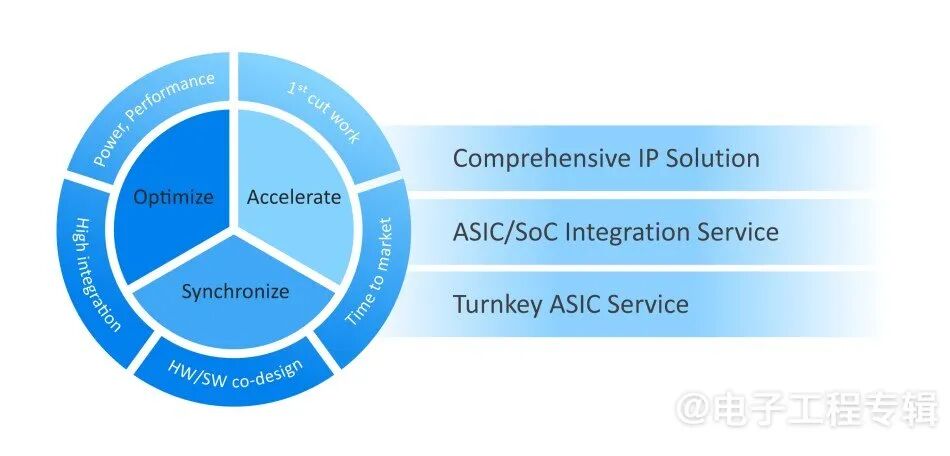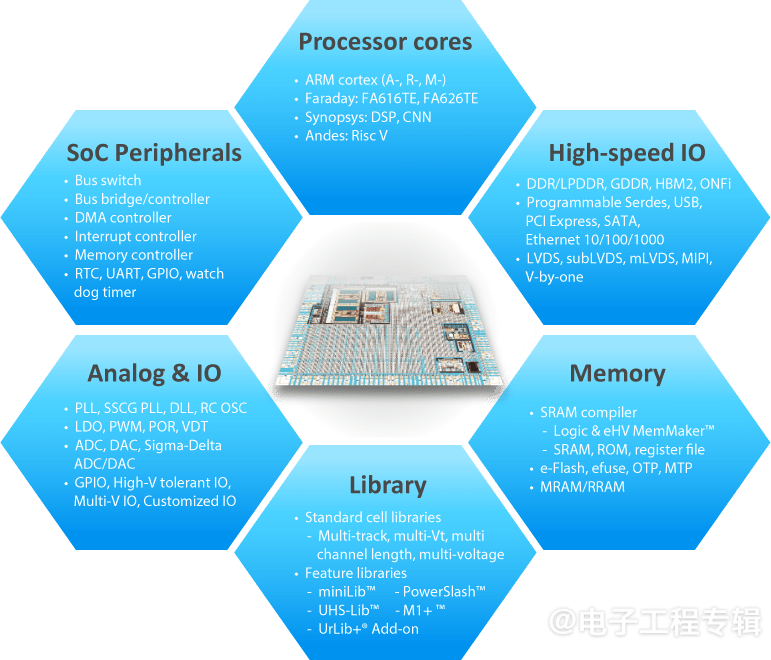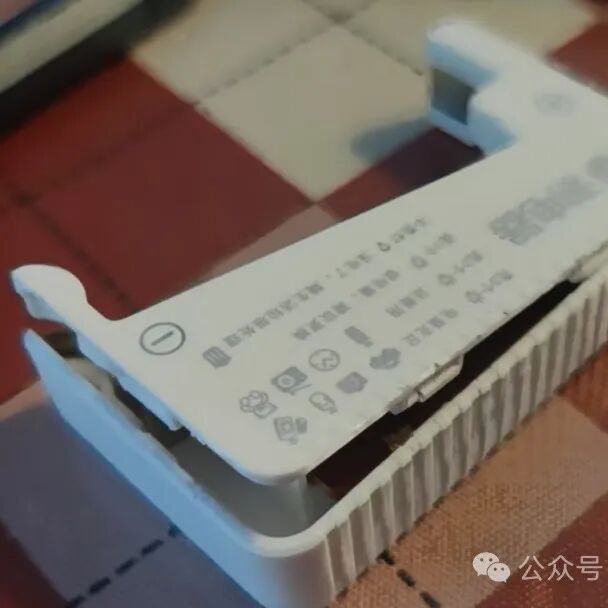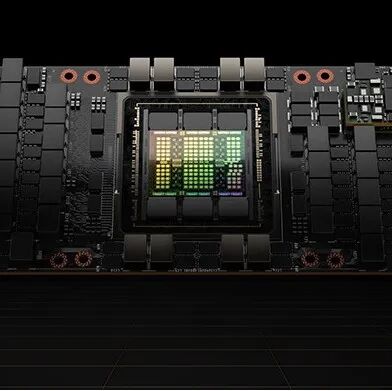
For most System-on-Chip (SoC) designs, the most critical task is not RTL coding, nor even the creation of the chip architecture. Nowadays, SoCs are primarily designed by assembling various silicon Intellectual Property (IP) modules from multiple vendors. This makes managing silicon IP a major task in the design process.
Generally speaking, in new SoC designs, less than one-tenth of the RTL code is newly written. Typically, high-level chip architecture decisions are quite clear: variations of existing architectures or the main data flows in applications are hierarchically reflected in standard bus or Network-on-Chip (NoC) structures.
However, every IP in the design (which may include dozens of types and hundreds of instances) needs to be managed. Chip designers must determine requirements, select vendors and specific products, make any necessary customizations, set configuration parameters, and integrate IP instances into a working, testable system. This process consumes most of the project resources before physical design.
This reality makes expertise in IP management a crucial factor for the success of SoC design (Figure 1). Perhaps less obvious is that acquiring IP, particularly the ability to attract the attention of large, influential IP vendors, obtain detailed specifications and documentation, and secure bug fixes and customization support, becomes a key issue. The increasing complexity of IP modules only exacerbates these challenges.

Figure 1: IP management is a critical consideration for the success of SoC design. (Source: Faraday Technology)
Important Partnerships
This situation adds new content to the design partnerships we are familiar with. Many SoC design teams utilize design service companies to supplement specific skills within their teams, such as physical design.
In some cases, this supplementation has expanded into a comprehensive partnership, where design partners take on many steps in the design process. In extreme cases, clients may start the collaboration with only a functional description of the SoC or a sketch on a napkin.
However, as IP becomes the focus, clients are demanding that design partners also take on the responsibility of IP management. In fact, this is a powerful leverage for clients. Let’s take a look at what this new partnership entails and what it means for the ideal design partner.
Flexible Involvement
Only a few SoC design partnerships start on a scrappy napkin. However, in more cases, clients have only a conceptual understanding of certain major IP modules. For example, clients may know they need a low-power AI accelerator module for an Internet of Things (IoT) chip. However, they may know very little about the performance or internal structure of these complex modules under different models.
Alternatively, a team may be writing code for new features in their SoC but may not know how to select and configure a RISC-V CPU core to execute the new code within timing and power constraints. Another client may be very clear about the UCIe interface requirements of their design but may not know how to configure any available UCIe interface IP modules to meet those requirements.
These differences make flexible involvement crucial. Design partners should be able to join the project at all levels (from concept to netlist) and smoothly integrate with the client’s design team. The initial goal is to refine the IP requirements with the client—from concept to functional specifications, and then to detailed interface, power/performance/area, and layout requirements—so that partners can select the best IP for each instance in the design.
IP Selection
Once the requirements are established, the client and design partner will select the IP to be used (Figure 2). At this point, the role of the partner differs from the traditional notion of hiring a group of excellent designers. The depth of the partner’s relationship with IP vendors becomes crucial.

Figure 2: IP selection has now become a key part of SoC design projects. (Source: Faraday Technology)
The ideal scenario is for the partner to internally develop and maintain a broad IP library. This way, the partner can quickly match requirements with inventory. If the match is close but not perfect, the IP development team has the documentation, tools, and resources to customize IP modules according to the client’s specific needs.
In terms of selecting, customizing, and licensing IP, partners need to possess many advantages beyond just having technically skilled design engineers. Supported by teams that design these modules, a broad internal portfolio of silicon validation IP products is a significant advantage.
In some cases, there may be situations where a perfect match cannot be achieved. This requires an IP outsourcing team, which is an engineering team dedicated to establishing and maintaining relationships with third-party IP. Such teams have a vast global network of IP vendors to ensure they can meet client requirements.
Establishing a well-tested global network of IP licensing and development relationships with third-party IP vendors, along with a dedicated team responsible for maintaining that network, is crucial. Clients should particularly investigate potential design partners’ relationships with Arm and the evolving RISC-V vendor ecosystem.
IP Integration
Design partners will also be deeply involved in IP integration. We must correctly configure IP instances and then connect them to the chip’s underlying bus or network architecture. It must be verified that the assembled SoC design operates correctly. In addition to functional design, important issues such as test architecture, power management, and clock architecture must also be addressed, preferably in a unified manner.
The first step is connection, starting with selecting IP modules with the necessary interfaces. However, some modules may require customization to perfectly meet interface requirements. In other cases, the integration team may need to create wrappers, controllers, or gateways between design areas. Having such internal expertise in a large IP design team can save a significant amount of time.
Verification is also a challenge. Typically, the performance of an IP module in the assembled SoC design does not meet expectations or descriptions. In such cases, an internal IP design team proves invaluable. Even for external IP, design partners can often resolve issues when introducing third-party vendors.
A detailed understanding of the internal structure of IP modules is also valuable for power management and test design. When designing modules, specific assumptions may be made regarding test strategies, the balance between Built-In Self-Test (BIST) and external access, sleep modes, and how to deploy power or clock gating.
These choices must be coordinated throughout the design process to produce an SoC with the shortest test time and effective full-chip power management strategies. Making these choices may require designers to delve deeply into the internals of the IP modules.
Finding Partners
We have discussed several issues that require effective design partners to possess deep IP expertise. For today’s SoC design, the ideal partner should have a rich internal IP product portfolio and a broad network of third-party vendors.
It should have independent engineering teams supporting both sources. It should also have flexible participation models that allocate tasks between the client and partner teams based on the client’s resources and expertise.
The dominance of IP in SoC design has changed the nature of design tasks and altered client expectations of design partners.
(Originally published on EE Times’ sister site EDN, reference original article: System-on-chip (SoC) design is all about IP management, authored by the Technical Director of Faraday Americas, translated by Franklin Zhao)
Hot Articles
Dissecting Nanfu Battery Tester, Cost-Pressed to the Extreme……
2025-04-13

The China Semiconductor Industry Association Issues Urgent Notice
2025-04-11

Can Nvidia H20 Be Sold to China Again?
2025-04-11

Yu Chengdong Resigns as Chairman of Huawei’s Car BU
2025-04-09

Why Did Huawei Revisit Ternary Logic?
2025-04-07

